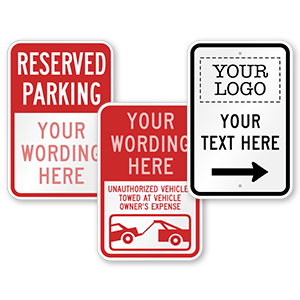Neighborhood Posts Fake Stop Sign to Save Kids

One neighborhood takes matters into its own hands
May 30, 2012 — The lack of stop signs in one residential neighborhood in Cedar Rapids, Iowa, has left parents no alternative but to create their own—two homemade, wooden “slow down! ur killing kids” signs nailed to trees. Parents claim the sign was necessary to discourage speeding because of the high amount of young children who play in the streets (and some close calls). However, some locals are critical of the sign and believe it causes more harm than good because it distracts drivers. One angry opponent actually tore down one of the signs and ripped it to pieces. Police officials responded to the situation, announcing that the sign is technically illegal because it violates a city ordinance against posting signs too close to streets. Officers acknowledged, though, that the signs don’t carry enough concern to necessitate a removal, as a 2010 case in Rhode Island demonstrated.


These regulation child-at-play signs send a clear warning to drivers to slow down for children.
A better resolution to the dispute is to install a regulatory stop sign that complies with city ordinances. That way, drivers will easily recognize the traffic sign and slow down. While the “slow down! ur killing kids” is a good attempt to enforce proper traffic safety, it lacks the necessary qualities of an official sign. For one, the wooden sign lacks visibility and reflectivity which can be especially dangerous at night. The wooden material is also susceptible to bad weather; official signs are composed of waterproof aluminum. Moreover, the sign may not register with drivers that don’t speak any English, as opposed to bilingual or ideographic signs. (The official red stop sign, for example, is a classic street sign known to almost any driver.) Fake street signs may be better than nothing, but if neighborhoods are serious about creating safe traffic conditions, then the best choice is buying official signs.

This hard-to-miss stop sign will catch the attention of any driver.
(Via RoadTrafficSigns)
– N. Gilliat












